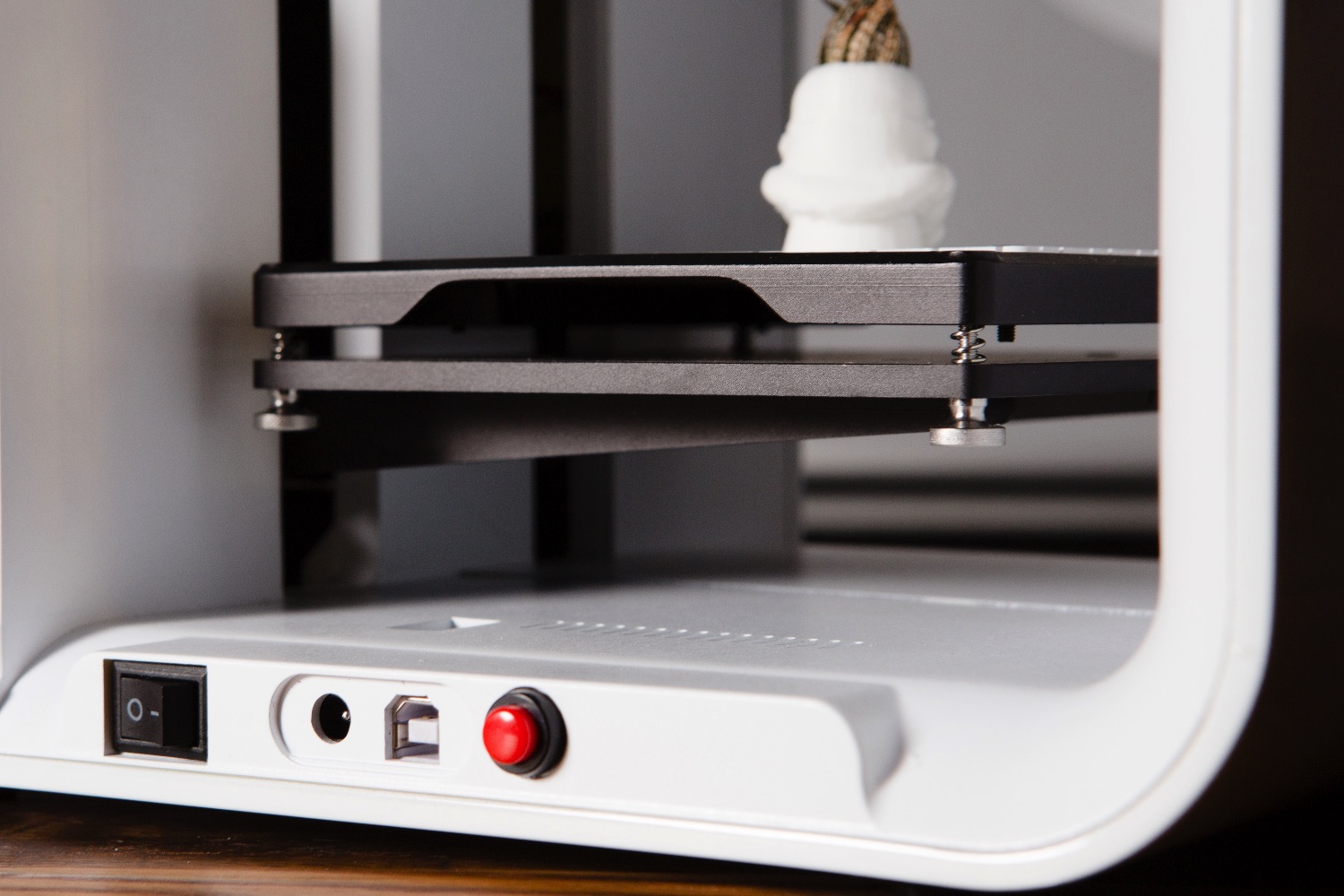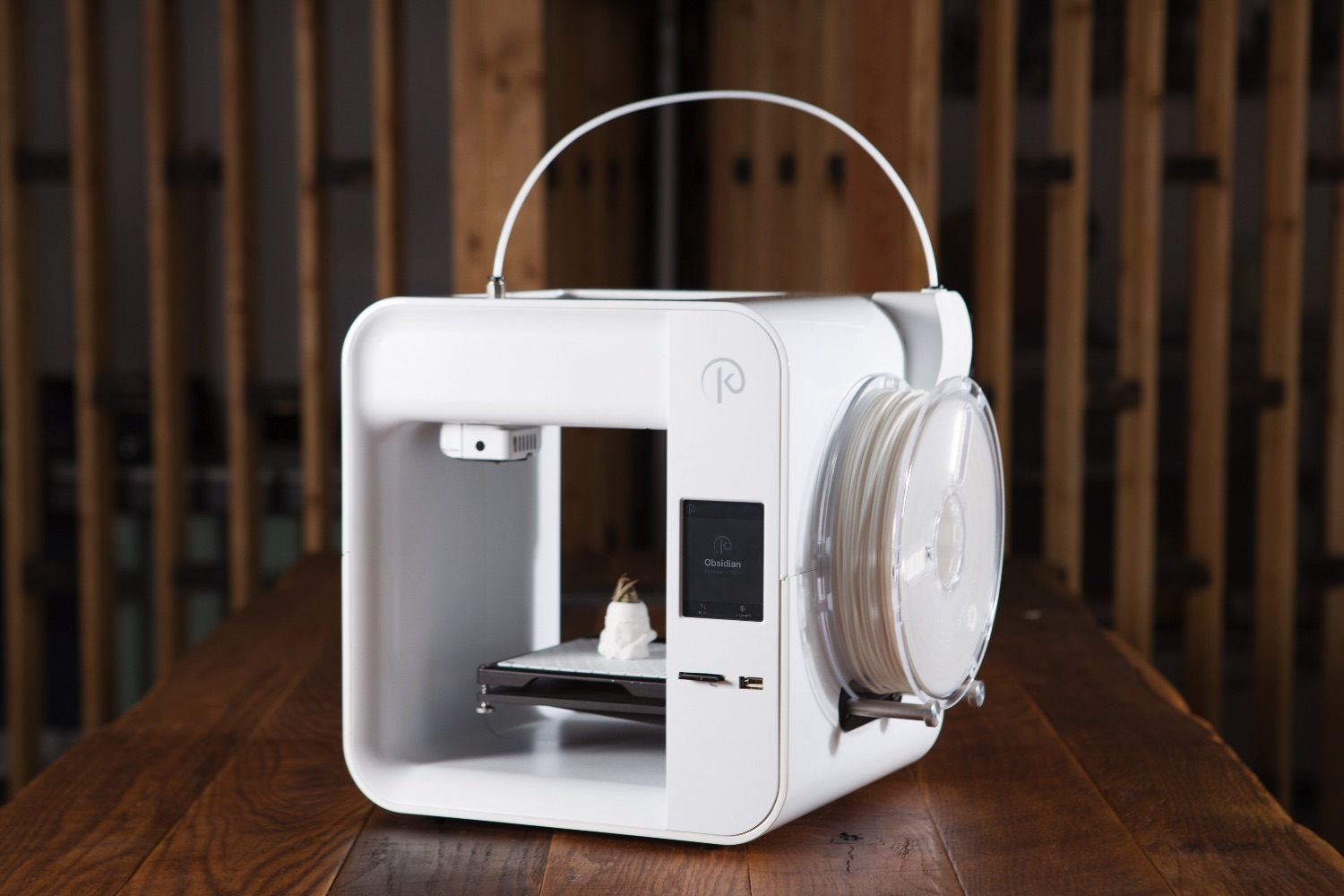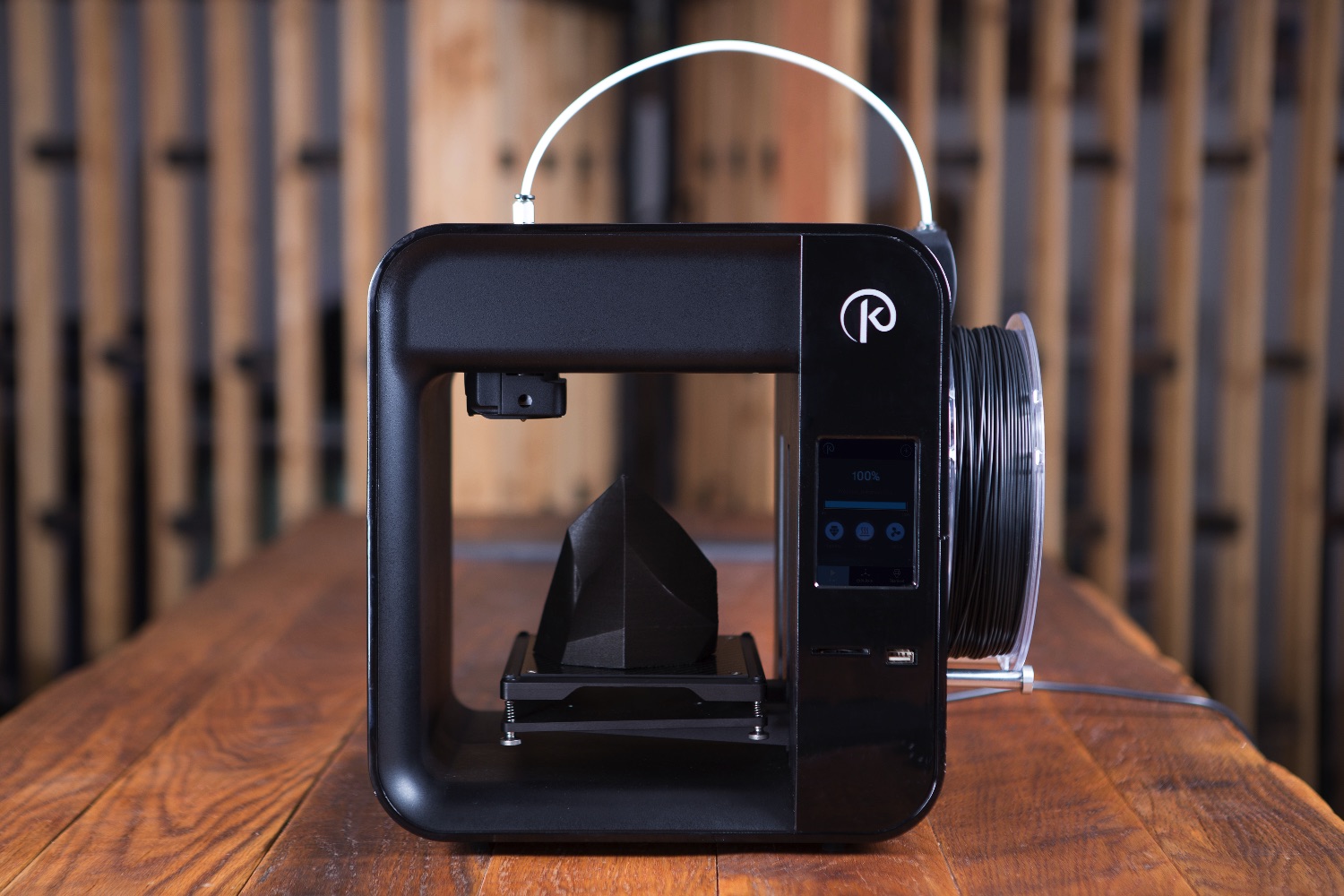In an accompanying Kickstarter campaign video, the company depicts the story of designer Jenny Wu, who creates her unique jewelry in stainless steel using a VR headset (not included), then exporting the file, and printing it using the Obsidian 3D printer.
“We’ve built a high quality, affordable 3D printer that focuses on the user experience and making 3D printing easy and accessible to everyone, from students to design professionals, in a package that’s pleasing to look at,” Michael Husmann, founder and CEO of Kodama, told Digital Trends.
Aside from its promise of VR-integrated design and attractive appearance, the other big selling points of the Obsidian 3D printer are its out-of-the-box, assembly-free ease of use and its low price. Starting at just $99 for your choice of either a black or white model, it aims to spit out products that are a comparable quality to printers with a considerably higher price tag. A higher tier $249 “Obsidian Deluxe” model comes with additional features such as a Smart LCD screen, heated bed, built-in camera, and more.
There have, of course, been a slew of sub-$200 3D Kickstarter printers which have failed to materialize, however. From Peachy Printer to Tiko, investing your money in the promise of a cheap 3D printer that actually materializes isn’t exactly a no-risk proposition.
When we asked Husmann what guarantees he could offer that this printer would be different, he answered simply: “We’ve done it before. We launched [our previous Kickstarter] Trinus in 2016, and went on to deliver it to 3,100+ backers in 80+ countries.”
If you’re interested in getting hold of an Obsidian unit for yourself, you can currently join the 2,900+ backers who have so far helped it earn more than 7x its $100,000 fundraising target. Shipping is set to take place this December. That’s just in time to quickly 3D print your Christmas gifts… provided it turns out as promised.







